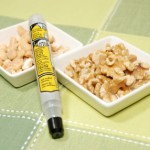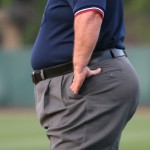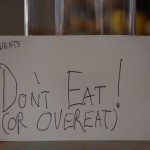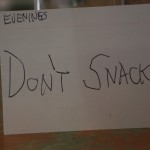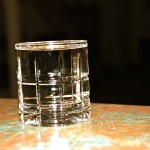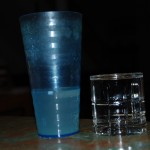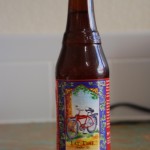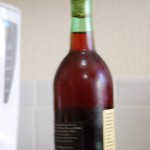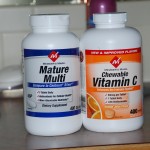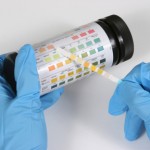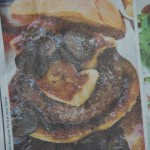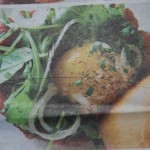I've been tracking down some changes in the diagnosis of food allergies, especially in kids. I started with a Wall Street Journal article, dated Tuesday, December 7, 2010 and titled "New Rules for Food Allergies." That mentioned the National Institute of Allergy and Infectious Diseases, a segment of the NIH under the US Department of Health and Human Services, had recently convened an expert panel on the subject.
The resultant guidelines were published in the "Journal of Allergy and Clinical Immunology." I found a review in WebMD (webmd.com) and then the lengthy report itself online at the NIAID website. I realized it was so voluminous there was a separate 29-page summary for clinicians and a much shorter set of guidelines for patients with a more thorough patient guideline to be published in 2011.
So what's the short version? Well to start with about 5% of kids and 4% of adults have food allergies. If they eat specific foods they may have reactions varying from mild to life-threatening.
The most freguent food allergies are to eggs, milk, peanuts and tree nuts, soy (that surprised me), wheat and some shellfish. Kids often outgrown an allergy to milk, eggs, soy and wheat, but not those to peanuts and tree nuts.
There are no cures to these allergies and having a mild reaction to a food once doesn't mean you won't have a severe reaction on another exposure.
Allergies often are seen in people who have some other diseases, asthma for one example and eczema (a skin disease) for another. Those plus a family history of food allergy may alert you and should alert your physician to your having a greater risk of food allergies.
Neither of the usual office tests used to diagnose food allergies, is definitive. Those include a blood test looking for antibodies to specific food and skin-prick test where a tiny amount of a suspected allergen is paced on a forearm then pricked to see if a wheal result.
The only test that proves you have a food allergy is a food challenge. That must be done, for safety reasons, under the careful direction of an experienced healthcare professional.
Yet all is not as dire as the above sounds. One study published in the Journal of Pediatrics this fall looked carefully at the medical records and testing of 125 children who had been sent to the National Jewish Hospital in Denver for evaluation of eczema and food allergies.
After careful food challenge tests were evaluated, over 90% could go back to eating foods they had been avoiding.
A few other tidbits caught my eye: peanut allergies are especially severe and, fortunately, I'm seeing more and more labels that specify this product is (or is not) produced in a peanut-free environment. Wheat protein allergies are not synonymous with celiac disease, so those having such allergies may not react to gluten in oats, rye and barley. And fish allergies, which tend to start after childhood, can be another very severe problem.
I give my wife her allergy shots at home, so I keep Benadryl and an Epi-Pen handy. Food allergies are nothing to sneeze at (no pun intended), so if there is a family history of them or you or your child have eczema or asthma, make sure you get a thorough evaluation by a qualified physician.

